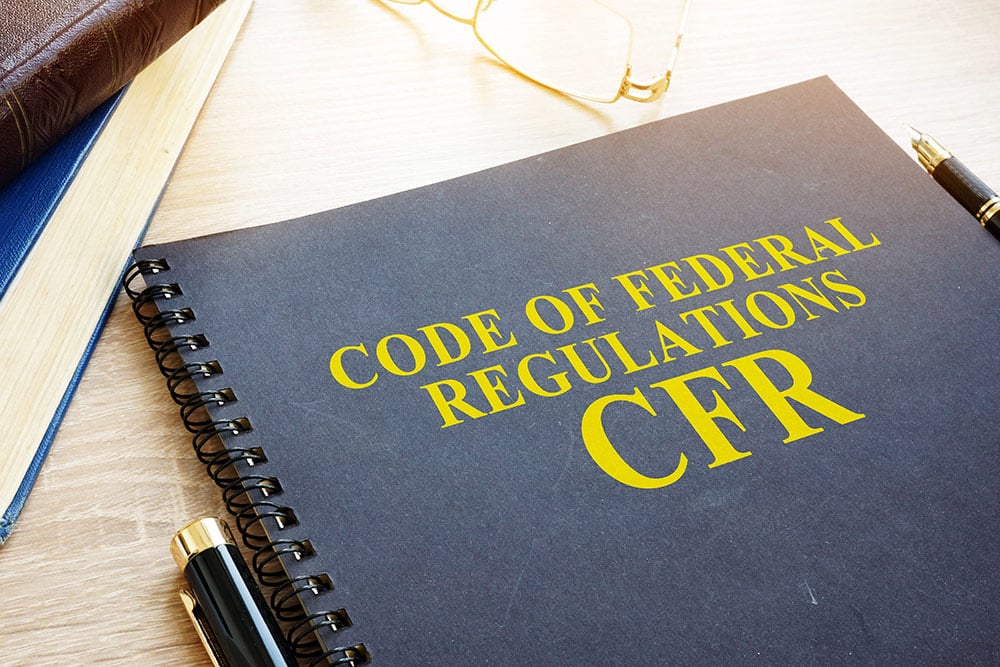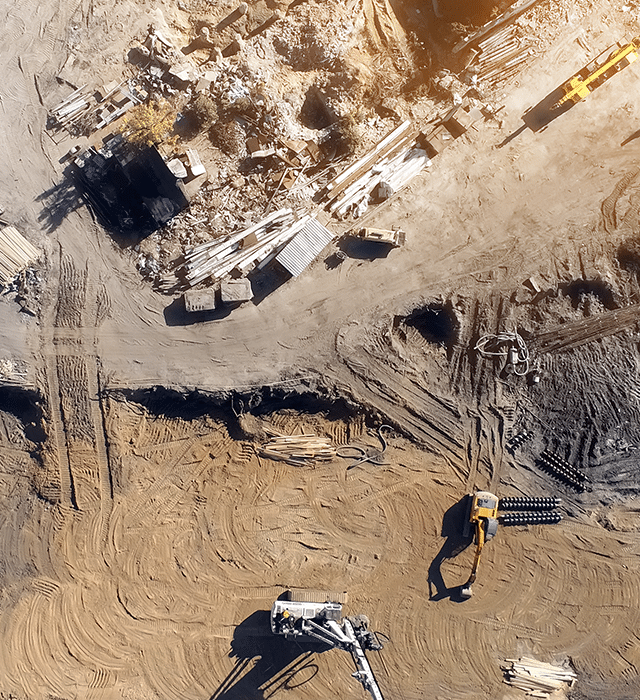At one time or another, plants and facilities from all industries periodically suspend operations to conduct planned turnarounds (TAR) and outages for inspections, maintenance, or repairs and replacements. No matter the reason for the shutdown, they are complex processes that require detailed planning for successful safety outcomes. Here are four proven strategies that construction leaders can adopt to maximize TAR safety efforts.
Strategy 1: Decide that safety during TAR is a value
Reducing the potential for risks related to safety during a turnaround is crucial, and should be included in every aspect of the TAR project, including:
Planning is the first and most crucial step to avoid unexpected safety risks to personnel. Preplanning should take place months in advance. Keep in mind that safety can best be applied to an anticipated event rather than an emergency event.
Procedures like emergency response, appropriate training, and communications need to be overcommunicated to minimize risk and ensure personnel safety.
People resources must be qualified and plenty, including vendors, contractors, and in-house personnel. Too few resources will compromise the objective of the TAR as well as increase the risk of accident and injury. Consider outsourcing your safety project management and training to a safety specialist.
Implementation and completion of project phases often include unknown variables like scope changes. So, prepare for the unknowns and inspect for readiness before restart. A successful turnaround requires the safe completion of all tasks.
Strategy 2: Ensure Zero safety incidents
Zero safety incidents = 100% safety preparation and implementation. You can do this by:
- Selecting everything and everyone going into the project for its safety capability and proven record.
- Training, training, and training everyone on the scope of the project, the safety requirements, and how to accomplish the turnaround project with a 100% safe outcome. Do this incrementally throughout the project.
- Practicing safety procedures with personnel before going live with TAR.
- Using permits and control work.
- Monitoring and enforcing safety requirements with contractors and subcontractors and holding them accountable.
Strategy 3: OSHA compliance is a minimal requirement
Remember that OSHA standards are minimum safety requirements. During a turnaround, plants may and should apply more protective requirements to ensure zero safety incidents.
Strategy 4: Repeat strategies 1 through 3
HealthSafe has been providing turnaround and outage safety solutions for more than 20 years to help plants meet their operational goals without compromising their safety goals. Let our experienced safety officers, managers, technicians, and representatives manage the safety of your turnaround while you focus on the quality, schedule, and budget. Contact us today to find the right safety consultant for your project.




